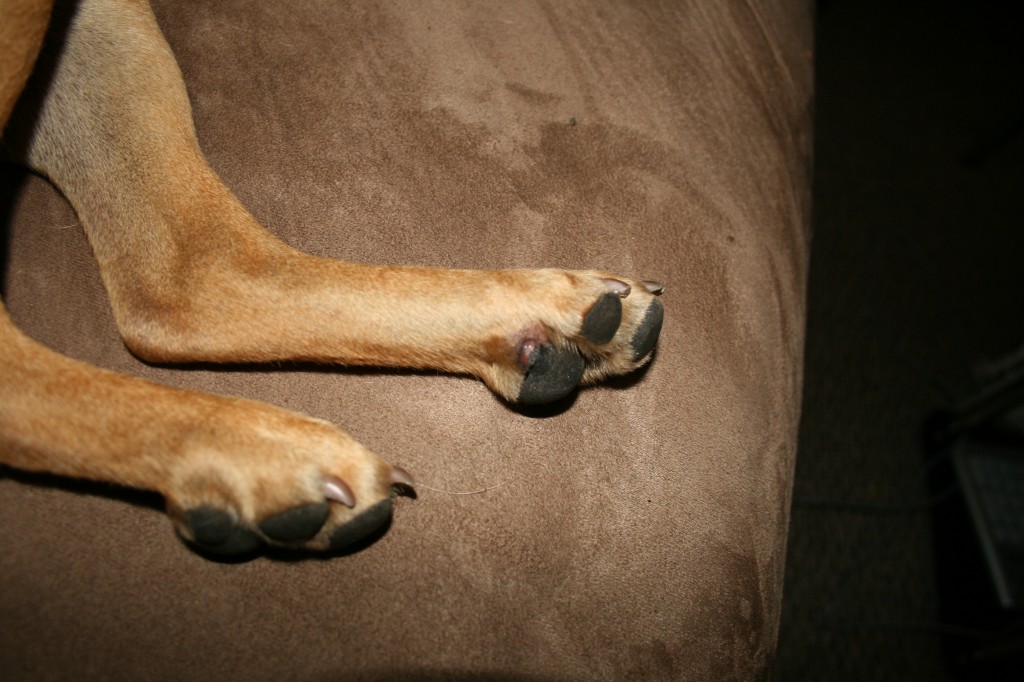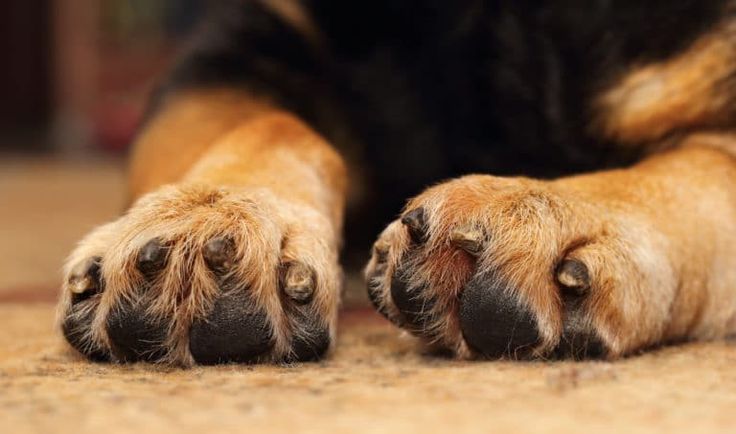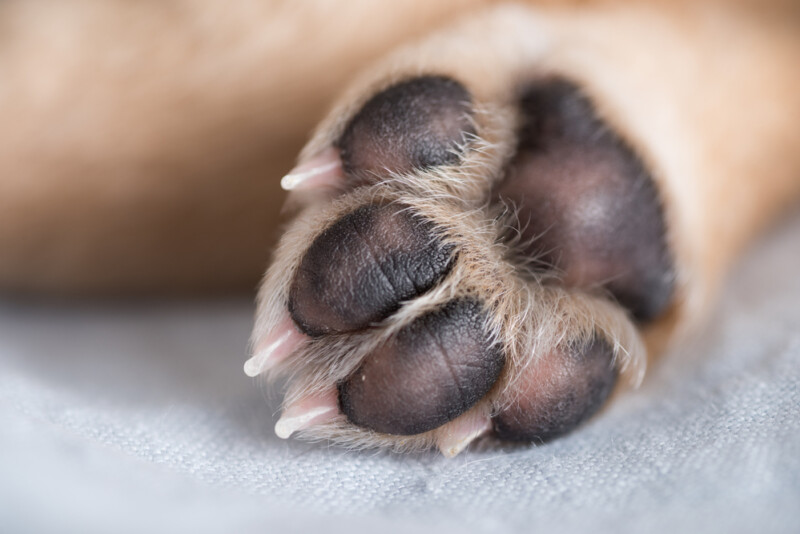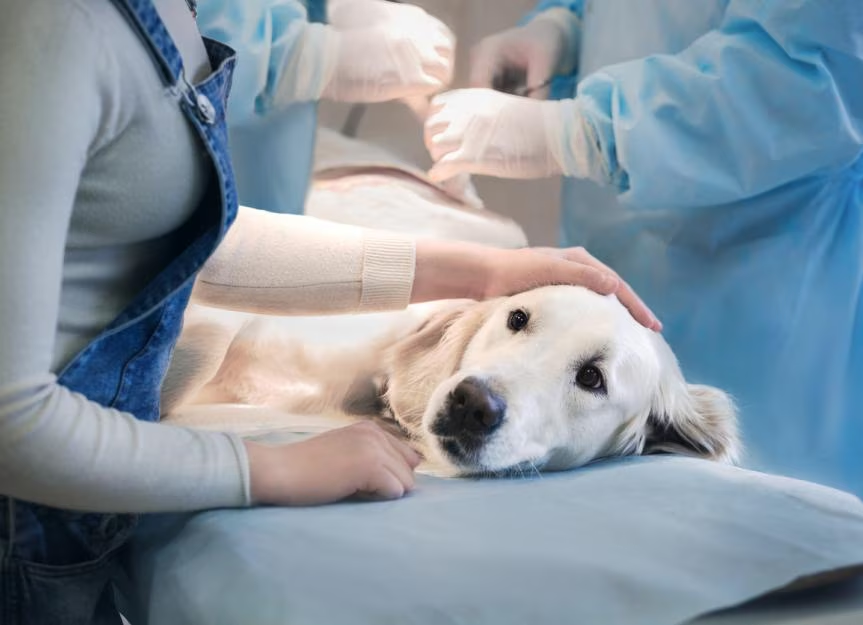Introduction: When your beloved canine companion experiences a torn foot pad, it can be a cause for concern and require immediate attention. A torn foot pad can be painful for your dog and may lead to infections or complications if not properly cared for. In this comprehensive guide, we will provide you with detailed steps and solutions to help you address and treat a torn foot pad on your dog. By following these guidelines, you can ensure your furry friend receives the necessary care to heal and recover.
Understanding Torn Foot Pads:
A dog’s foot pad plays a vital role in protecting their paws and providing cushioning during various activities. However, accidents or rough terrain can cause tears or cuts in the foot pads, resulting in discomfort and potential infection. Understanding the signs and severity of a torn foot pad is essential for effective treatment:
Assessing the Severity:
Examine the foot pad for signs of tearing, such as visible cuts, bleeding, or exposed tissue. Determine the extent of the injury by evaluating the depth of the tear and whether it affects the underlying layers of the foot pad.
Signs of Discomfort:
Watch for signs that indicate your dog is experiencing pain or discomfort, including limping, favoring the affected foot, or reluctance to walk or put weight on the injured pad.

Immediate First Aid Steps:
When you notice a torn foot pad on your dog, there are several crucial first aid steps you can take to provide immediate relief and prevent further damage:
Clean the Wound:
Gently clean the torn foot pad with a mild antiseptic solution or saline solution to remove any dirt, debris, or bacteria that may be present. Avoid using hydrogen peroxide or alcohol as they can delay the healing process.
Apply an Antibiotic Ointment:
After cleaning the wound, apply a thin layer of veterinarian-approved antibiotic ointment to prevent infection. This helps create a protective barrier over the torn pad.
Bandage the Paw:
To protect the torn foot pad from further damage and contamination, carefully bandage the paw using sterile gauze pads and a self-adhesive bandage wrap. Ensure the bandage is snug but not too tight to restrict blood flow.
Use a Protective Boot:
Consider using a protective boot or shoe designed for dogs to provide additional support and prevent further injury to the torn foot pad. These boots can be especially helpful when navigating rough terrain or during outdoor activities.
Seeking Veterinary Care:
While immediate first aid is crucial, it is important to seek veterinary care for a torn foot pad, particularly if the injury is severe or does not improve within a few days. A veterinarian can provide a thorough examination, prescribe necessary medications, and offer specific guidance based on the severity of the injury.
Pain Management:
Your veterinarian may prescribe pain medication or recommend over-the-counter options to help alleviate your dog’s discomfort during the healing process.

Antibiotics:
In cases where the torn foot pad is susceptible to infection or if signs of infection are present, your veterinarian may prescribe oral or topical antibiotics to prevent further complications.
E-Collar or Restraint:
To prevent your dog from licking or biting at the injured foot pad, your veterinarian might suggest using an Elizabethan collar or alternative restraint methods to ensure proper healing.
Home Care and Rehabilitation:
After receiving veterinary care, it is crucial to follow their instructions and provide appropriate home care to facilitate healing and recovery:
Regular Wound Cleaning:
Continue cleaning the foot pad as directed by your veterinarian to prevent infection. Use a mild antiseptic solution or saline solution and avoid harsh chemicals or irritants.
Medication Administration:
Administer any prescribed medications according to your veterinarian’s instructions to manage pain, prevent infection, or aid in healing.
Restrict Activity:
Limit your dog’s physical activity during the healing process to prevent further injury or strain on the torn foot pad. Provide a calm and comfortable environment for rest and recovery.
Follow-up Veterinary Visits:
Schedule follow-up visits with your veterinarian as recommended to monitor the healing progress and ensure proper recovery. They may also provide additional treatments or adjust the care plan based on your dog’s specific needs.
Conclusion:
Taking immediate and appropriate action for a torn foot pad is essential for your dog’s well-being and a successful recovery. By following the guidelines outlined in this comprehensive care guide, you can effectively address a torn foot pad, minimize pain and discomfort, prevent infection, and support your dog’s healing process. Remember, each injury is unique, and it’s always best to consult with your veterinarian for personalized advice and guidance. With proper care, your furry friend can regain their mobility and enjoy a happy, healthy life.


